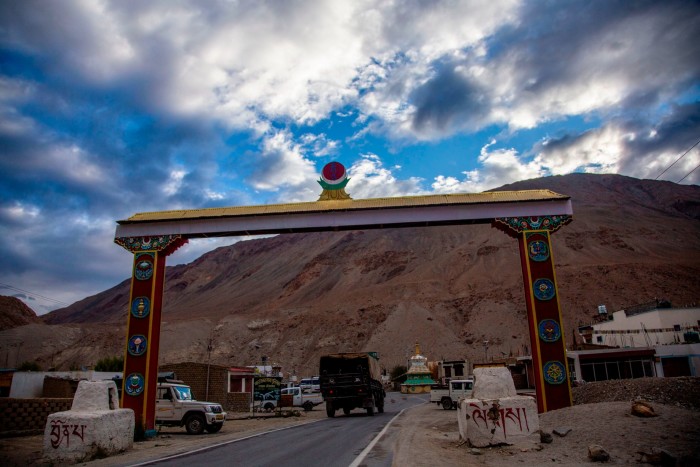India says deal reached with China on patrols at disputed border

Unlock the Editor’s Digest for free
Roula Khalaf, Editor of the FT, selects her favourite stories in this weekly newsletter.
India and China have reached an agreement on patrolling arrangements along their disputed border, a senior Indian official has said, paving the way for an easing of tensions between the two nuclear-armed neighbours that have overshadowed their diplomatic and trading relations.
Vikram Misri, India’s foreign secretary, announced the understanding on the eve of a summit of leaders of Brics countries due to begin on Tuesday in Kazan, Russia, which the Indian and Chinese leaders — Narendra Modi and Xi Jinping — are both due to attend.
India and China refer to their frontier as the Line of Actual Control, and clashes between the two sides in eastern Ladakh in 2020 left at least 24 troops, mostly Indians, dead.
“I can share with you that over the last several weeks, Indian and Chinese diplomatic and military negotiators have been in close contact with each other in a variety of forums,” Misri said at a press briefing in Delhi.
“And as a result of these discussions, agreement has been arrived at on patrolling arrangements along the Line of Actual Control (LAC) in the India-China border areas, leading to disengagement and a resolution of the issues that had arisen in these areas in 2020.”
China’s foreign ministry did not immediately comment on the Indian statement. At a regular press briefing in Beijing on Monday, foreign ministry spokesman Lin Jian reiterated that China would work towards “greater Brics co-operation” and a “new era for the global south”.
The potential agreement comes a month after Wang Yi, Xi’s top diplomat, held talks with India’s national security adviser Ajit Doval. Chinese state media said at the time that the two sides had “agreed to work together to create conditions for the improvement of bilateral relations”.

India and China fought a major war in 1962, and the almost 3,500km-long LAC, which crosses through some of the world’s highest places in the Himalayas, is one of Asia’s most tense arenas of geopolitical conflict.
China has built villages along the LAC in Tibet in an effort to bolster its presence there, and India is undertaking a similar effort under its “Vibrant Villages” programme.
After the clashes in and around Ladakh’s Galwan Valley, both sides each deployed at least 50,000 more troops to the LAC, with India diverting some soldiers there from the areas bordering Pakistan. India’s government complained that areas where its troops formerly patrolled freely had been blocked by their Chinese counterparts.
The Modi government has since 2020 driven a hard line on the issue, making de-escalation around the LAC a condition of resuming “normal” relations with Beijing.
Details of which specific areas were covered by the understanding announced on Monday were not immediately available.
In the wake of the 2020 violence at the LAC, India banned dozens of Chinese apps and began implementing some of the toughest restrictions on inward investment from China of any country.
Businesspeople have, however, in recent months complained that the draconian restrictions on Chinese foreign direct investment and the provision of visas to Chinese nationals were slowing India’s drive to develop its manufacturing sector, and some officials inside the Modi government favoured easing them.
Additional reporting by Ding Wenjie in Beijing
#India #deal #reached #China #patrols #disputed #border





